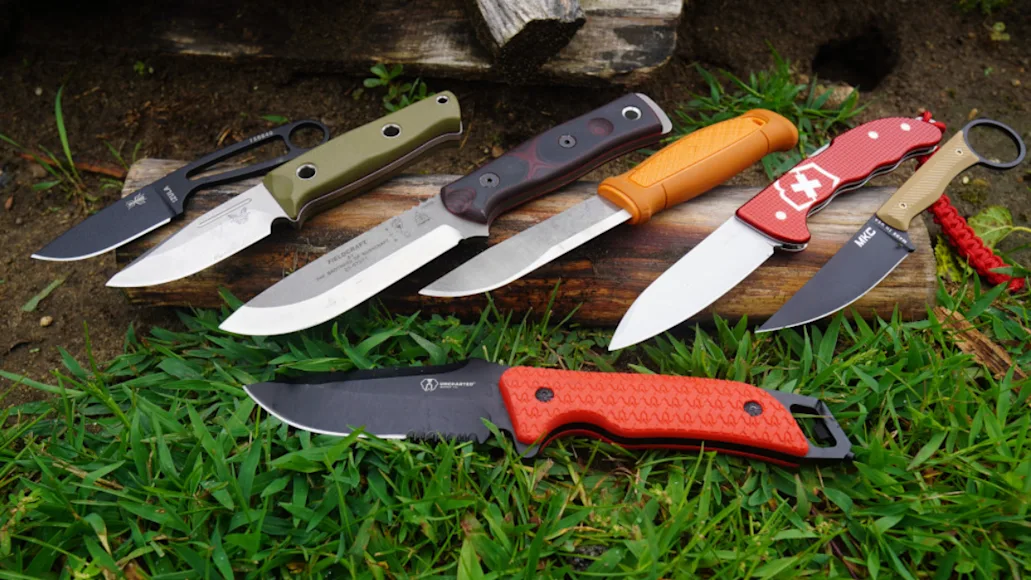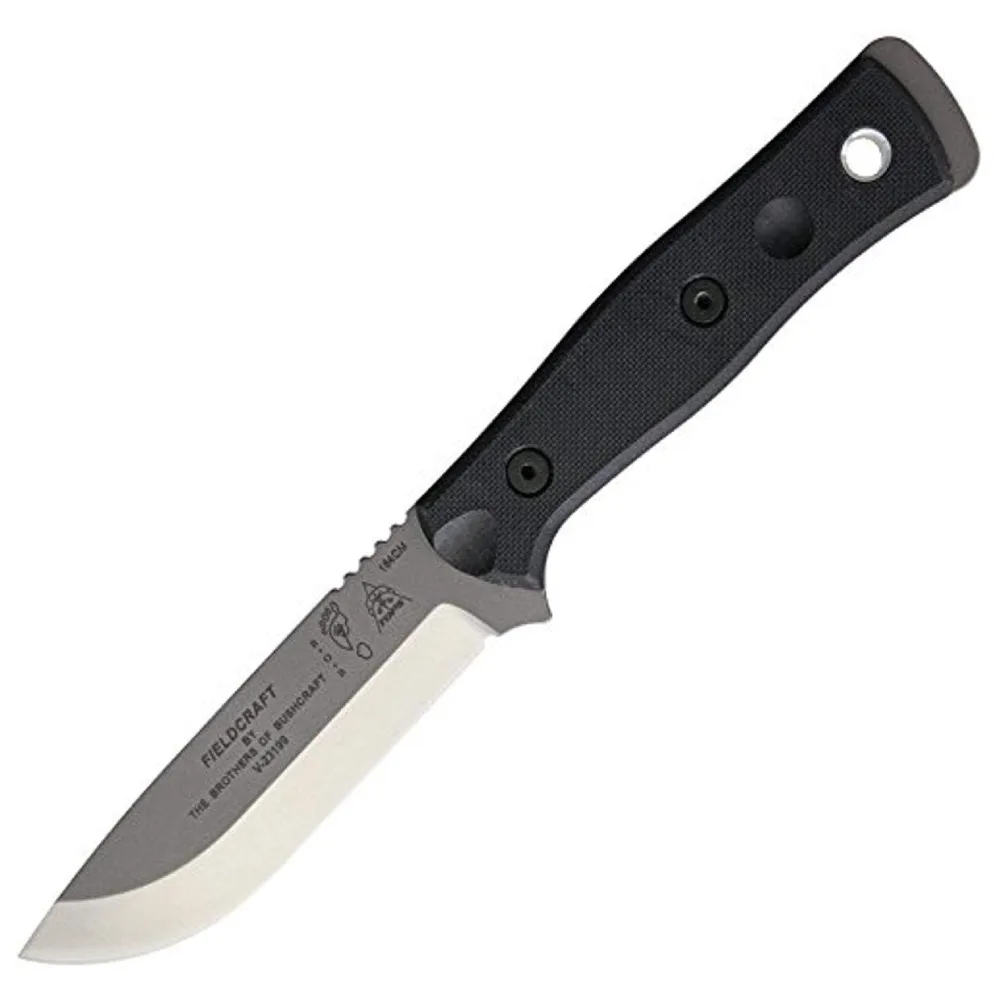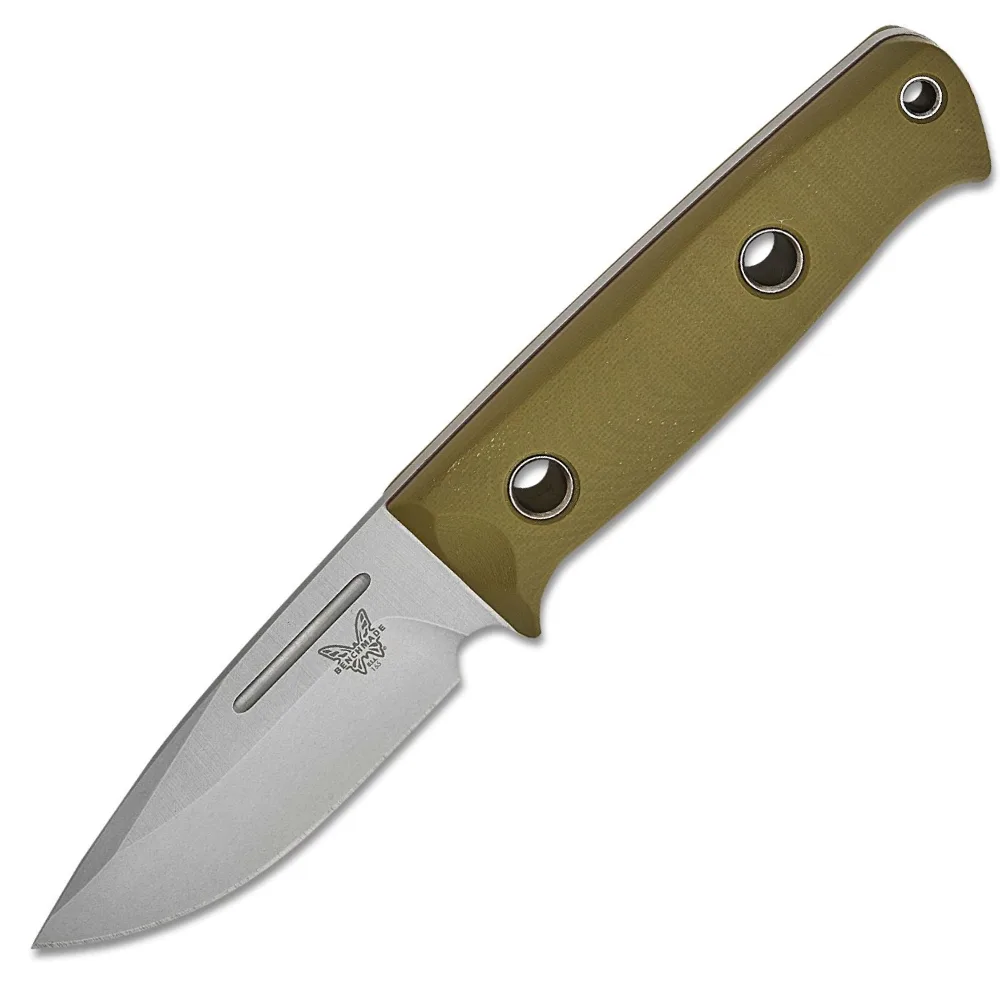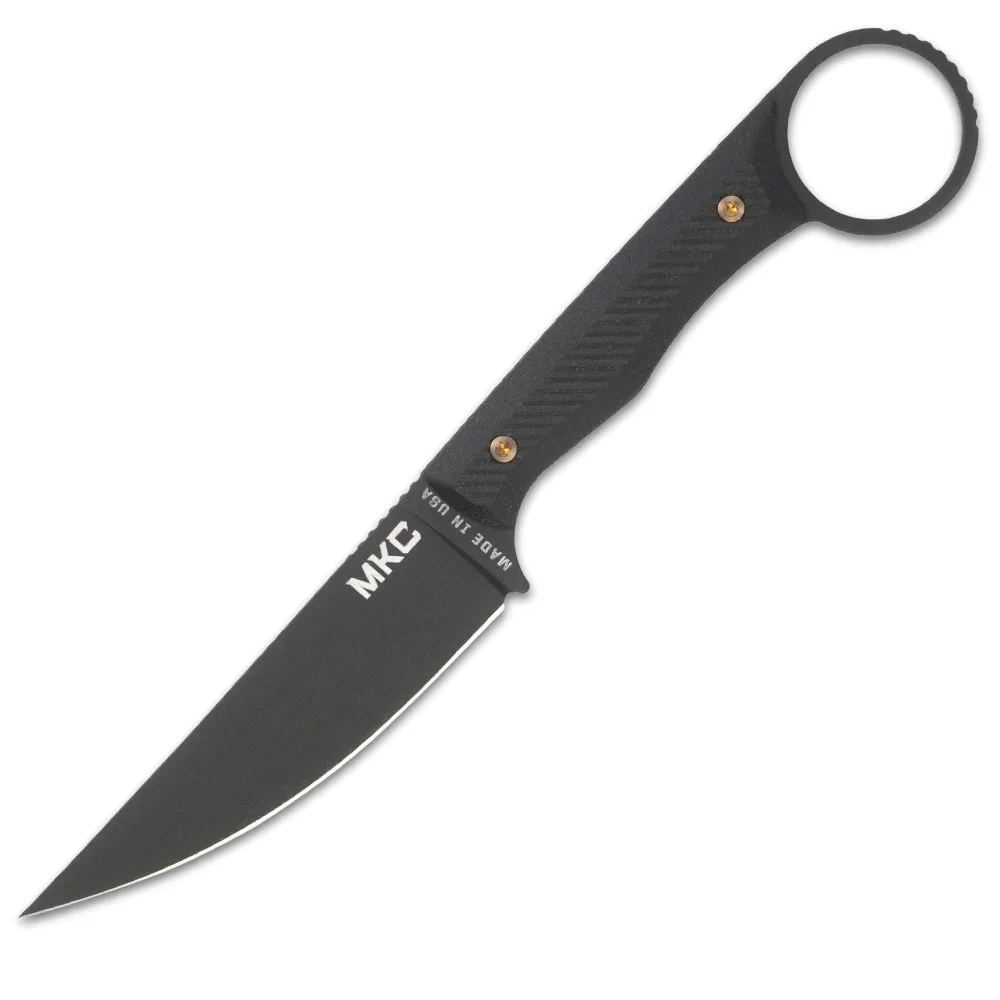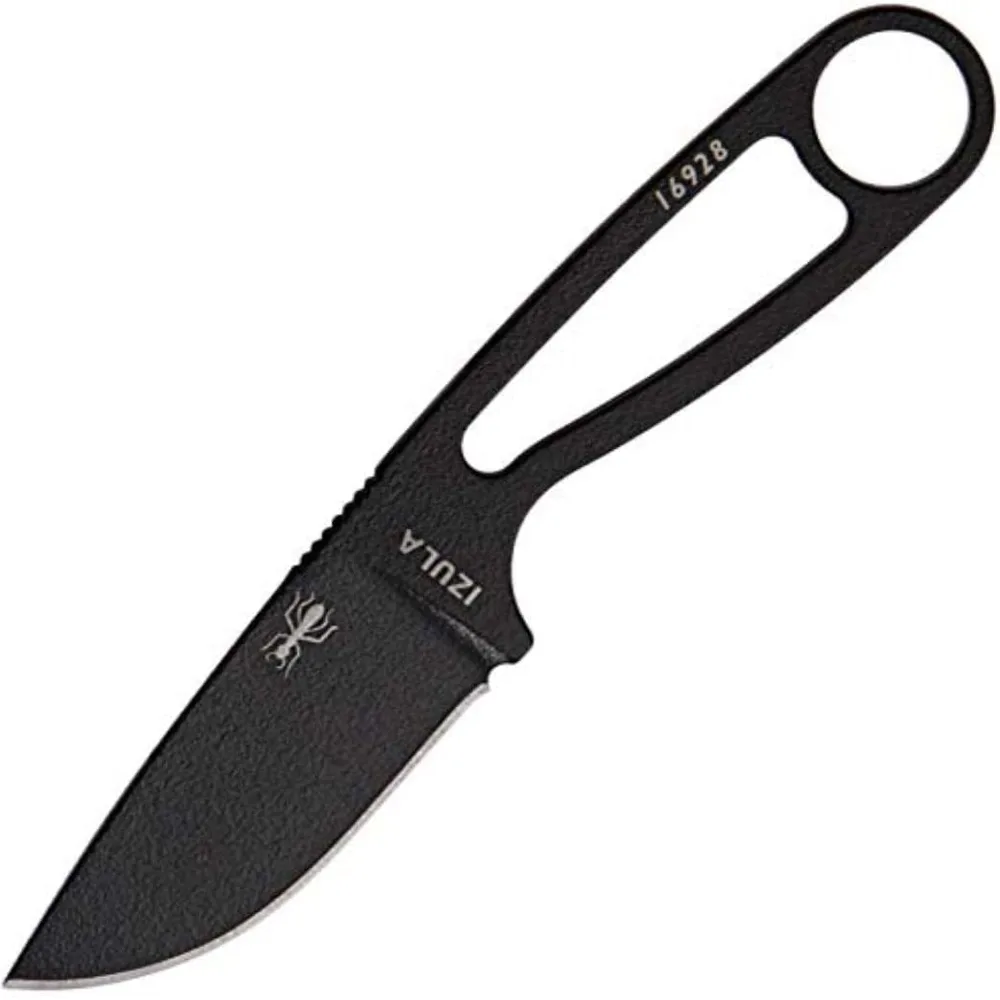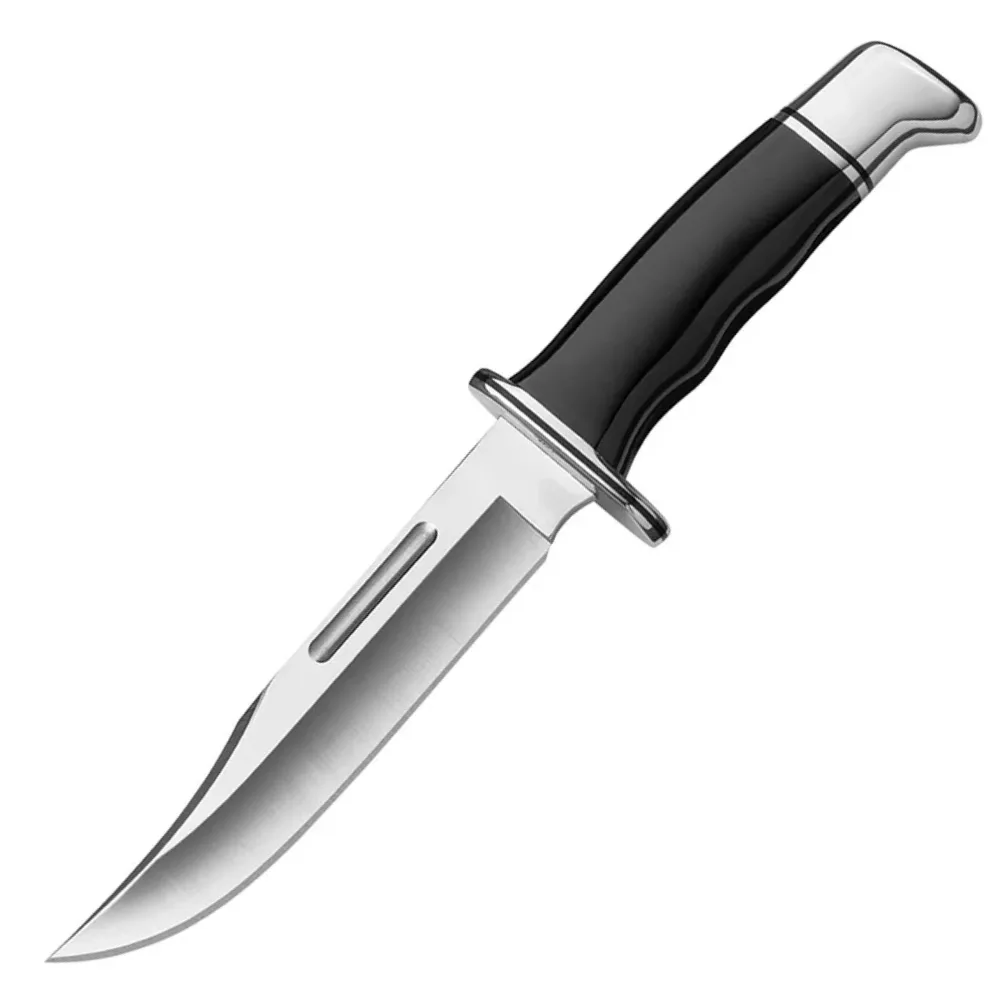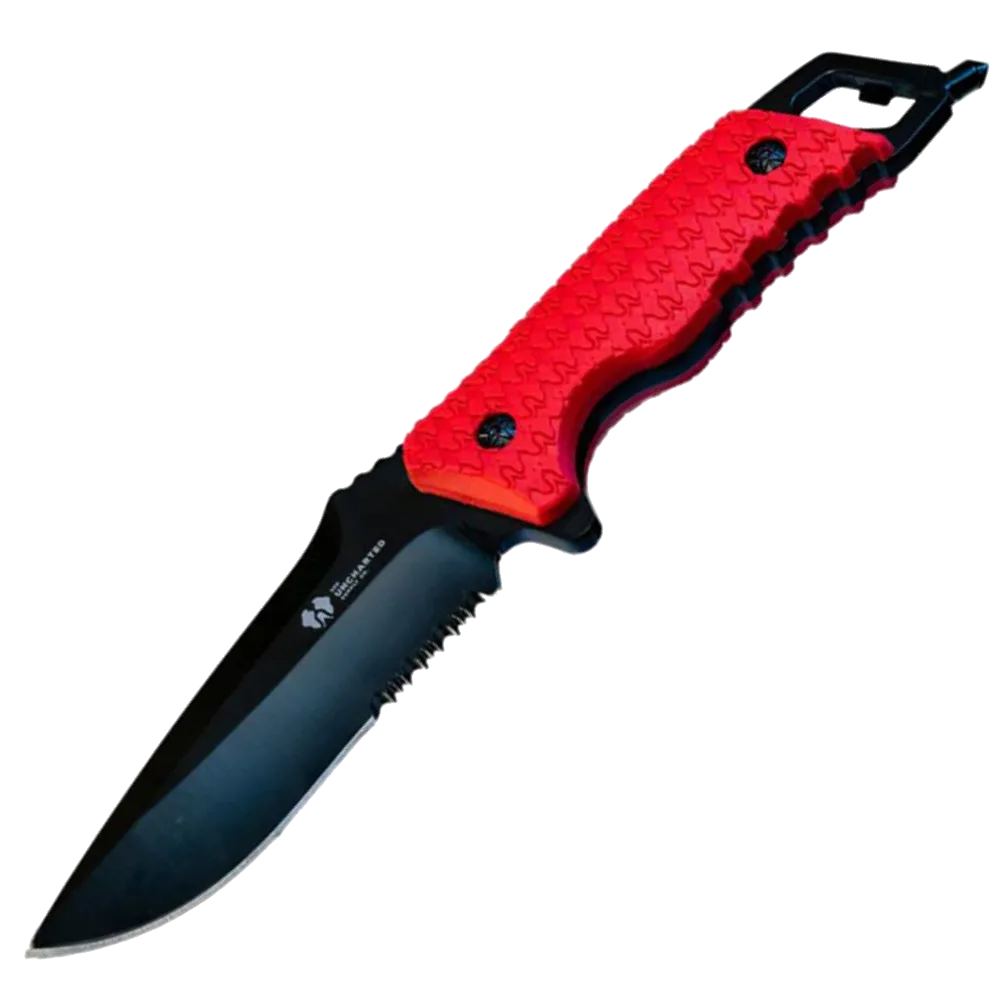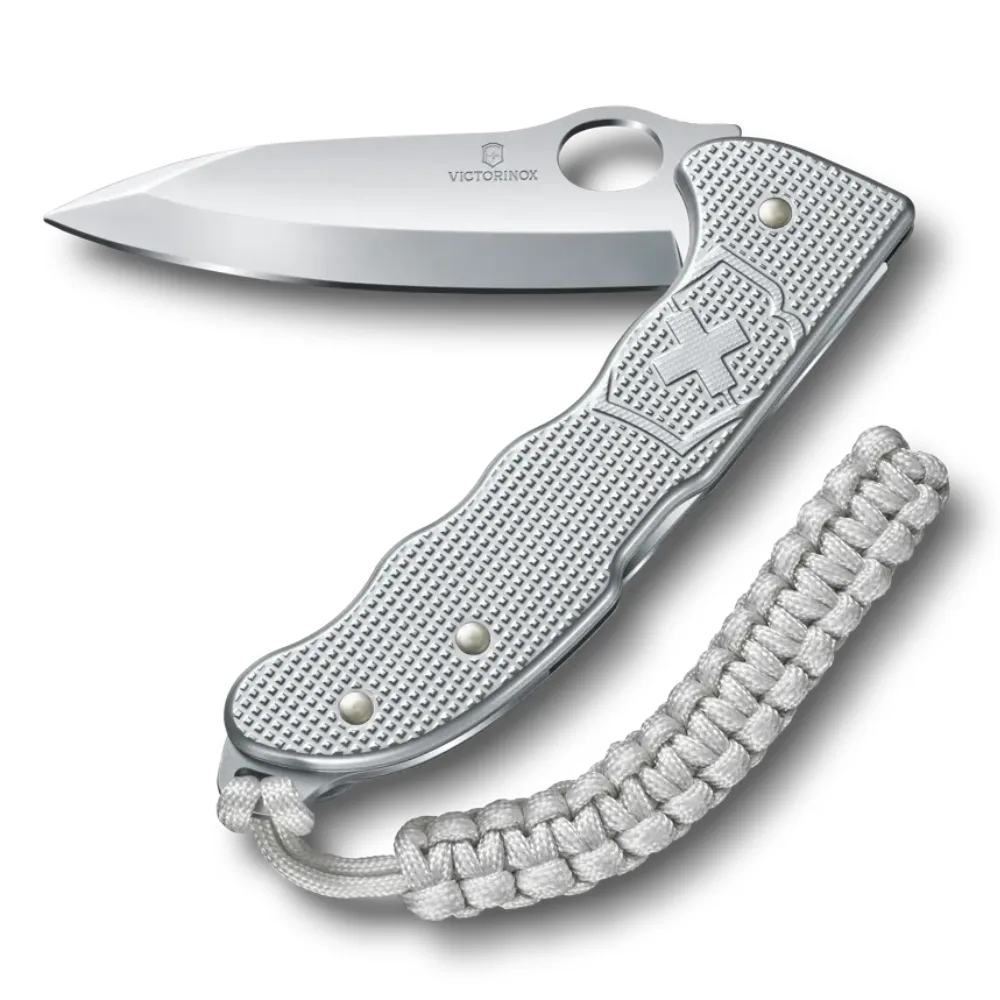When you're heading outdoors, you can never be too prepared—and that includes having the right survival knife on hand at all times. No one wants to find themselves in a life-or-death scenario in the wilderness. However, it can happen to anyone, even the most experienced hunters, anglers, hikers, and backpackers. This is where a good knife can help tip the scales in favor of one’s survival. Few success stories don’t include one at some point.
Whether used for shelter construction, fire starting, food preparation, or defense, knives are a catch-all tool. And while any knife could technically be a survival knife, some are better suited for emergency situations and extreme conditions than others. With that in mind, we put a handful of blades through extensive tests to find the best survival knives for every budget and every scenario.
Best Overall: Tops BOB Fieldcraft Hunter
Best Budget: Morakniv Kansbol
Best Fixed Blade: Benchmade Mini Bushcrafter
Best Tactical: Montana Knife Company Wargoat
Best Small Fixed Blade: Esee Izula
Best Full Tang: Buck 119
Most Ergonomic: Uncharted Supply Co Empire Knife
Best Folding: Victorinox Hunter Pro Alox
Best Overall: Tops BOB Fieldcraft Hunter
Specs
Blade Material: 154CM stainless steel
Handle: G10
Blade Length: 4.75”
Overall Length: 10”
Weight: 9.73 oz
Pros
Extremely rugged construction
Versatile
Excellent grind
Cons
Expensive
Handle scales are a little slick
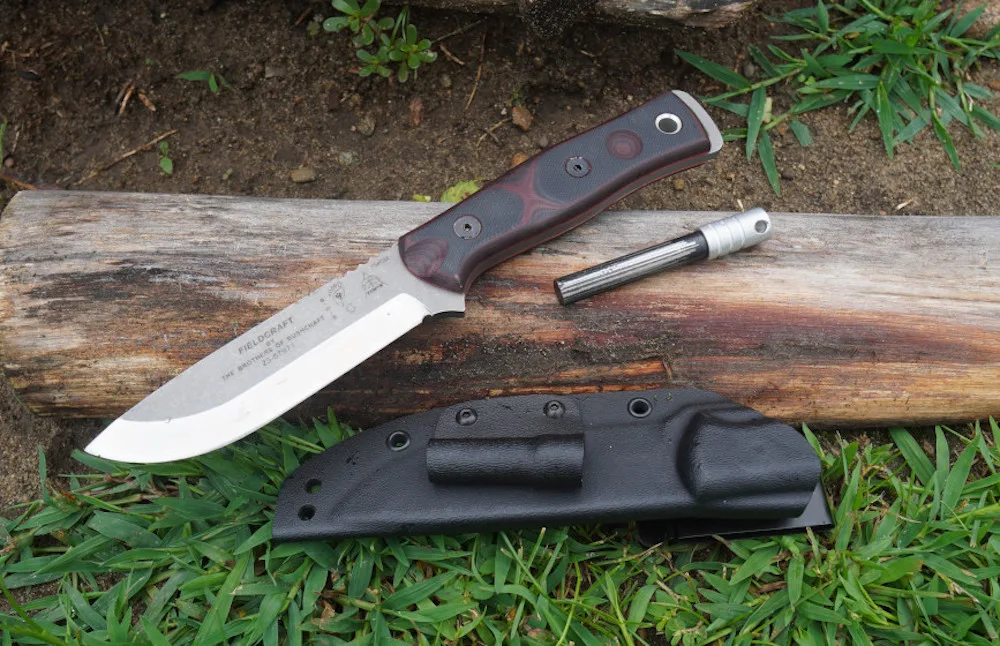
When I previously tested bushcraft knives, I found the Tops Fieldcrafter to be the best. With bushcraft and survival so intertwined, it only made sense that this knife is also my top pick for this category. In short, this blade is a beast. Tops built it quite ruggedly with 150CM stainless steel. It has an extremely beefy feel in the hands. The blade shrugged off wood batoning tests as if it were nothing.
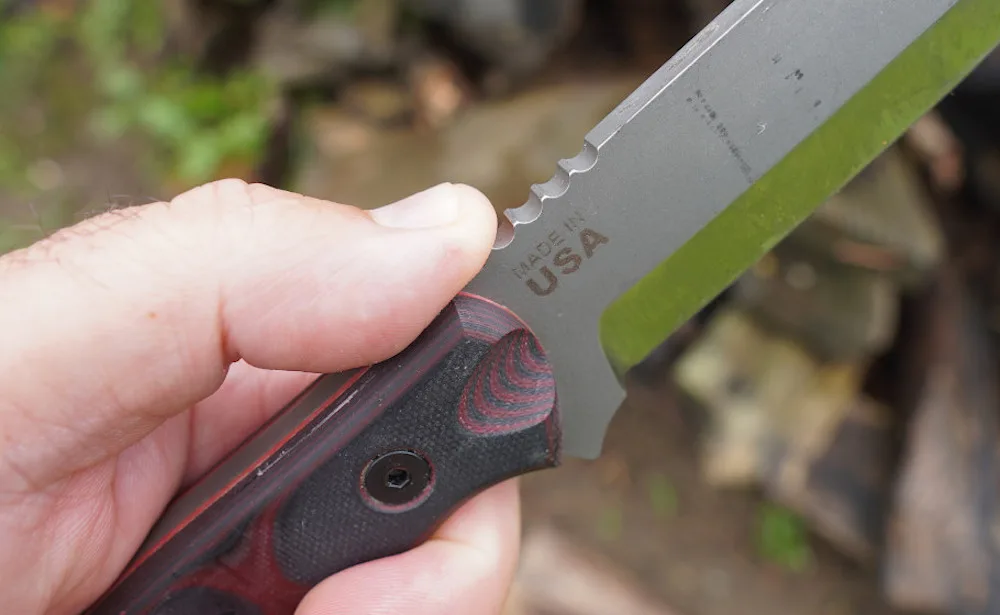
I used this knife to field dress a Wisconsin whitetail last November, and it handled the task easily. The sharp spine is also a great scraping and fire-starting tool. The only potential con is that the knife's scaling feels a little slick to me. I haven’t had an issue with it slipping, but I would appreciate more of a texture to the handle. Fortunately, the finger groove and jimping make up for that shortcoming. It’s not a cheap knife, but this is one of those cases where the price of admission is worth it.
Best Budget: Morakniv Kansbol
Specs
Blade Material: Swedish 12CR27 stainless
Handle: Polymer
Blade Length: 4.29”
Overall Length: 9”
Weight: 3.52 oz
Pros
Weighs almost nothing
Super affordable
Awesome spine
Cons
Not a full tang
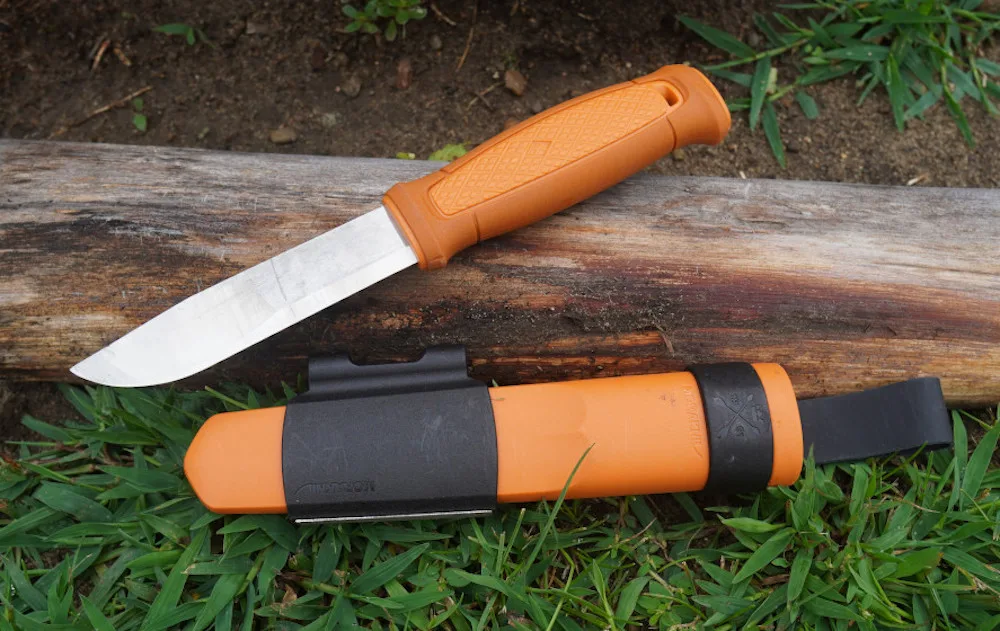
I’ve owned the Kansbol for a few years, and it never fails to impress despite its bargain basement price point. Because it weighs less than 4 ounces, this is an excellent option for backpackers. I sometimes forget I have this one in my pack because it’s so light. The versatility of the blade can’t be understated either. Morakniv gave it a unique modified combination of Scandi and flat grind. It will handle everything from light woodwork to food processing.
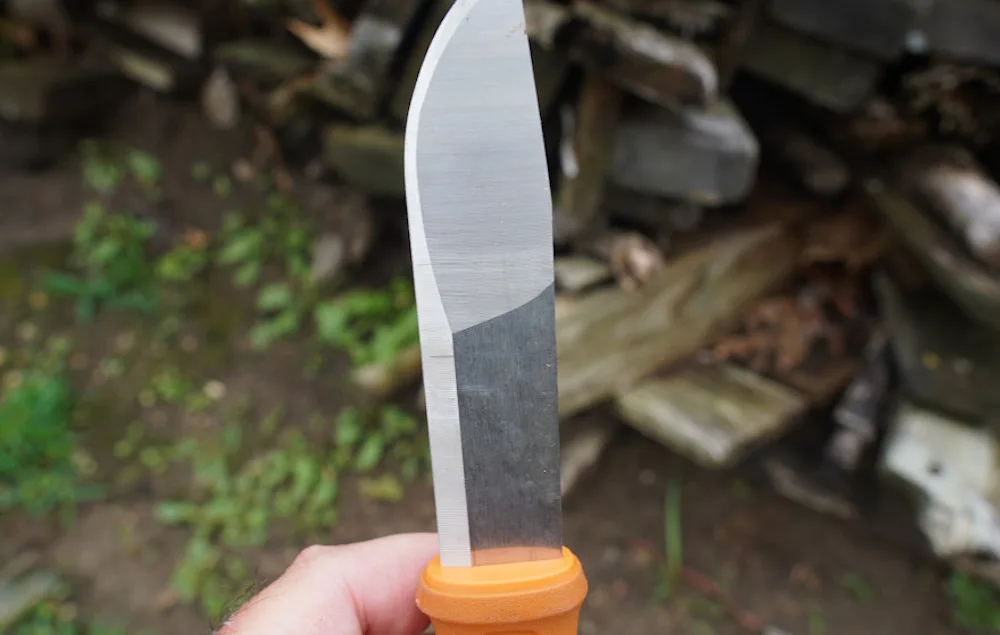
I love the spine on this knife. It is sharp and throws a huge spark for fire starting. This spine does it better than some of the $300+ knives that I own. The handle is simple and surprisingly ergonomic despite a plain appearance.
The only real downside of the Kansbol is that it is not a full tang. It’s not something to split wood or use on other heavy projects. However, the trade-off is worth it because this knife is practical for many other tasks. For under $40, it’s a true bargain. It’s worth consideration as a secondary knife, even if you already have a primary one. That’s how much I like this knife. Even seasoned survivalists will find a lot to like with the Kansbol.
Best Fixed Blade: Benchmade Mini Bushcrafter
Specs
Blade Material: CPM-S30V Stainless Steel
Handle: G10
Blade Length: 3.382”
Overall Length: 7.58”
Weight: 6.53 oz
Pros
Awesome edge retention
Great balance
Incredible durability
Cons
Expensive
Might be slightly undersized for some tasks
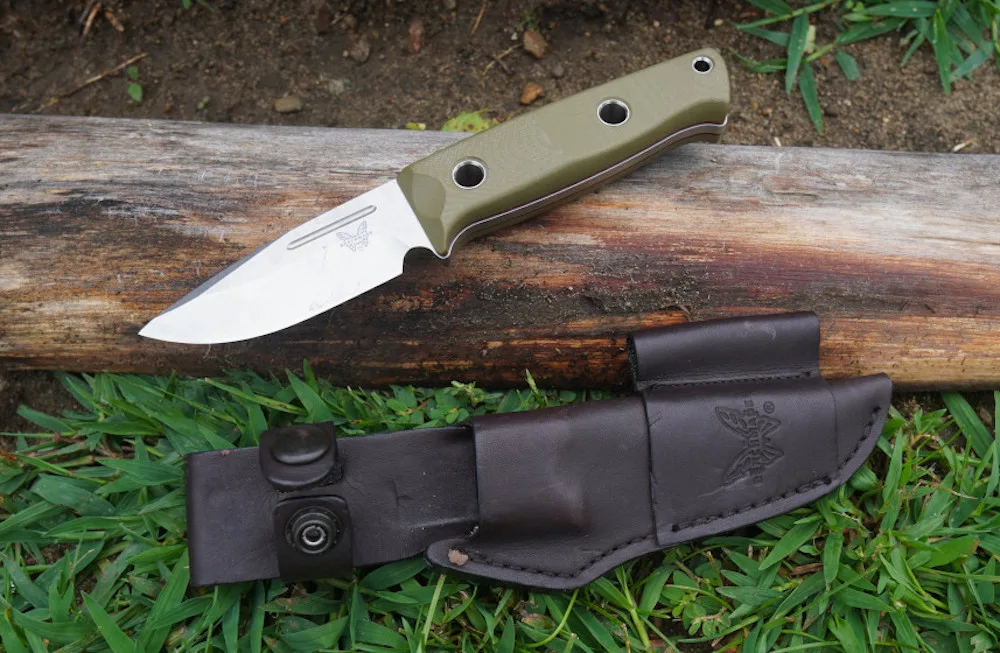
Benchmade didn’t play around when they designed the Mini Bushcrafter. This rugged knife is beefy and ready for abuse in a survival situation. The CPM-S30V steel gives this knife some incredible edge retention qualities. I’ve been testing it for several months and haven’t worn down the factory edge yet. This knife is much lighter and more natural in the hands than the original Bushcrafter.
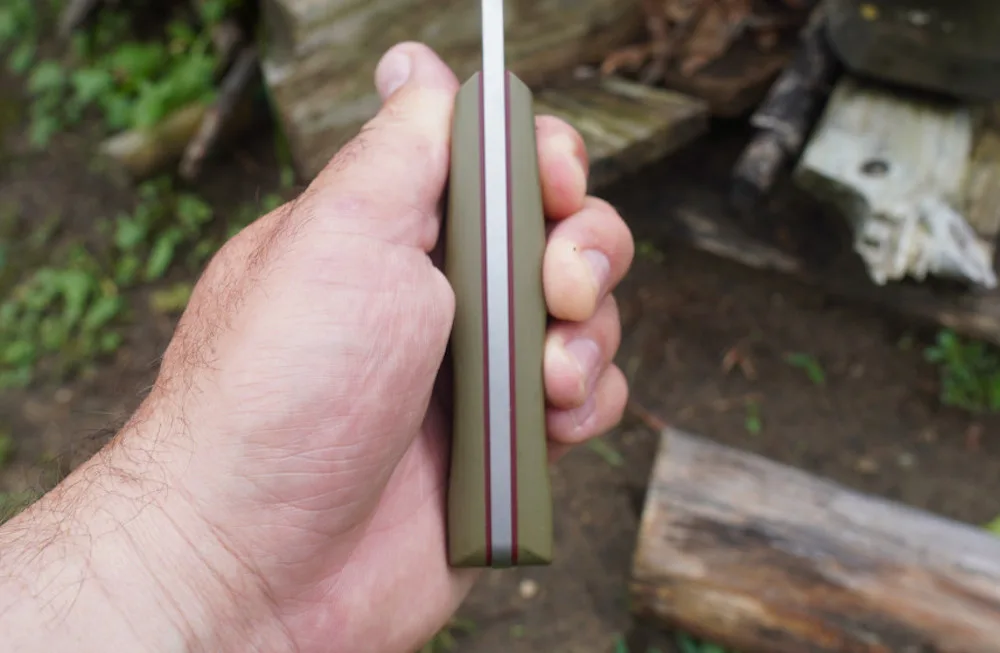
I love the balance of this blade. Despite a shortened blade length, it carves, notches, and slices on par with my best knives. It’s also just a great-looking knife. Benchmade paired it with an excellent Ferro-rod ready sheath. The knife might be slightly undersized for some tasks, like wood batoning. However, during my testing, I managed to split the wood with it. It just takes a little more awareness of the shorter blade length. There is no denying it’s thick enough for high-leverage jobs. The CPM-S30V steel also drives the price point up quite a bit. However, for situations where one’s life might be on the line, this is one knife where it’s worth not skimping.
Best Tactical: Montana Knife Company Wargoat
Specs
Blade Material: MagnaCut
Handle: G-10
Blade Length: 3.5”
Overall Length: 7.78”
Weight: 2.23 oz
Pros
Lightweight
Incredible corrosion resistance
Excellent quality
Cons
Expensive
Smaller size is limited for some tasks
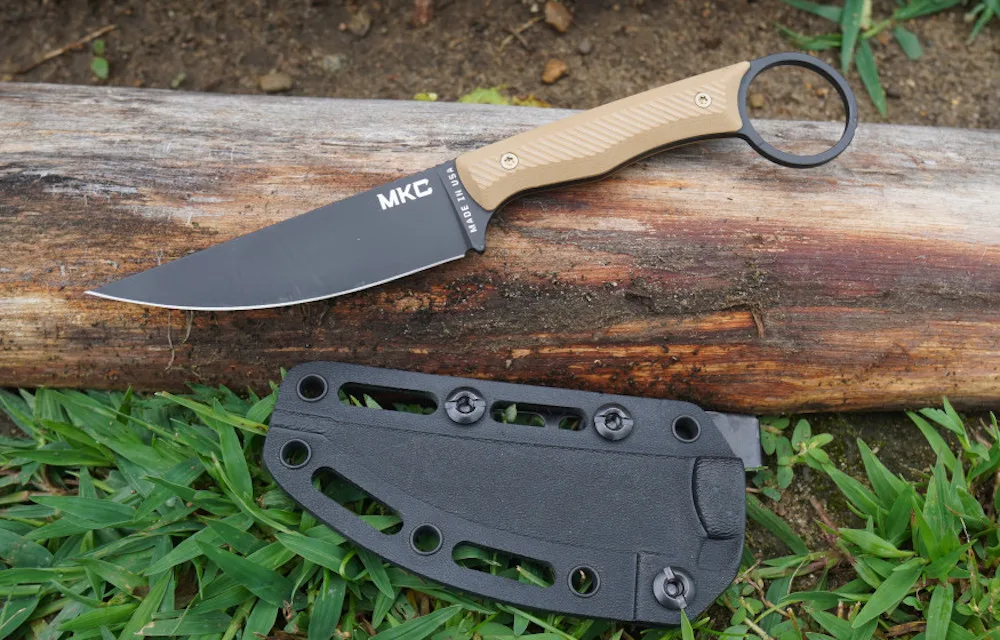
Wargoat is an awesome name for a knife, and it has the performance to match. During my testing, this Montana Knife Company knife sliced through most materials like butter. This is technically a defense knife. However, it effortlessly carves and feathersticks wood without affecting the edge. The choice to use MagnaCut steel with a Cerakote finish is inspired. It’s meant to cut down on flash that could give away the user’s position. Consequently, it also gives the knife the perfect edge retention and corrosion resistance combination. This gives this knife some excellent peace of mind for survival scenarios. Maintenance is going to be minimal.
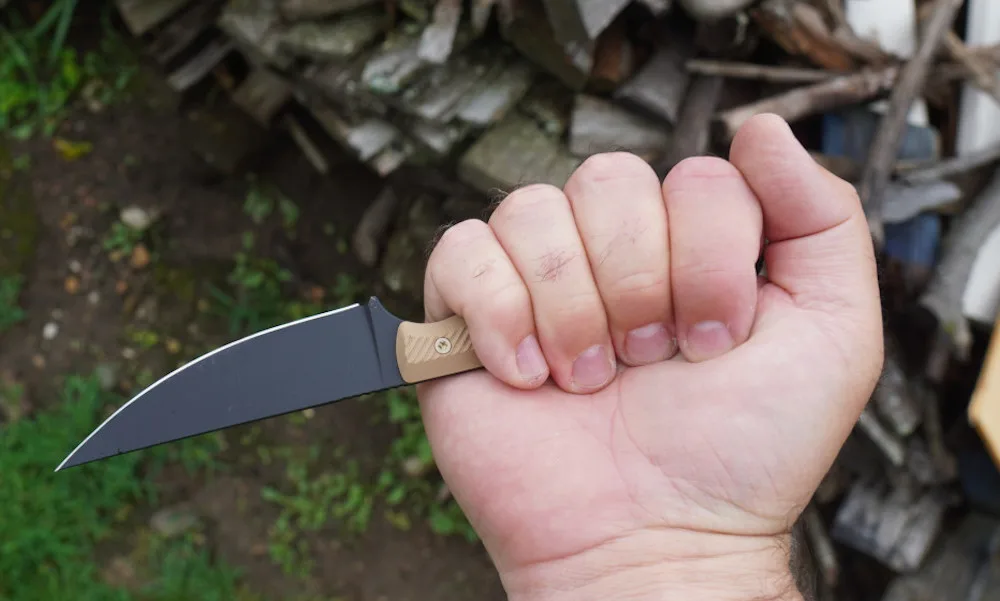
I love the handle on this knife. MKC added texturing to the G-10 handles, making it rock solid in the hands. This knife is extremely expensive, at over $300. Part of that price comes from its being made in the USA. Its smaller size also limits it for some survival scenarios. This tactical knife is better as a secondary knife for defense in the wild. It will probably be a popular item for soldiers and game wardens who work outdoors frequently. Overall, I love the quality of the craftsmanship here. This knife was designed and manufactured with care, and it shows.
Best Small Fixed Blade: Esee Izula
Specs
Blade Material: 1095 steel
Handle: 1095 steel
Blade Length: 2.875”
Overall Length: 6.25”
Weight: 1.90 oz
Pros
Incredibly lightweight
Very versatile
Great price point
Cons
Doesn’t come with scales
Undersized for heavy tasks
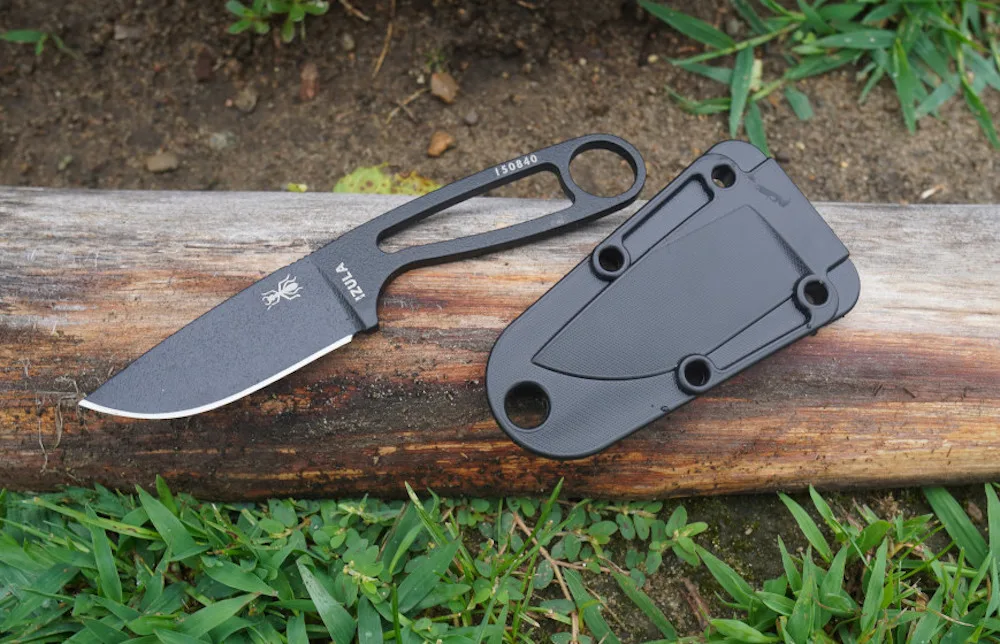
The Izula is an impressive little knife with a versatility factor that’s off the charts. When I think of tactical, I think concealable. That’s what the Izula does best. It’s an excellent neck knife but it also works well for horizontal carry. Because it weighs under 2 ounces, it’s a knife that’s easy to carry and forget until needed. This knife has the thinnest profile of any that I own. It’s great to slip in those narrow front pockets of a survival pack as a backup.
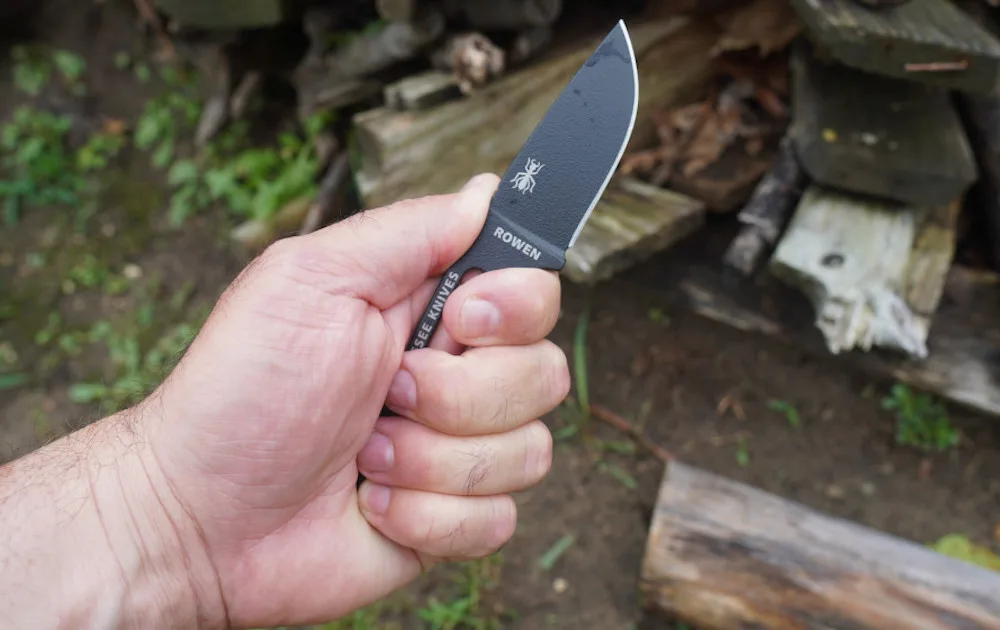
It amazes me that this knife sells for under $70. I like it for light carving, trap construction, and wild game preparation tasks. This knife is a little undersized for some survival tasks. No one is going to baton wood with it. It also doesn’t come with scales, which can provide a better grip. However, I don’t think that’s a dealbreaker. Aftermarket scales are plentiful and cheap. This is also a great option for anyone who likes making paracord wraps. Ultimately, this knife has many uses in a survival scenario, making it worthy of consideration.
Best Full Tang: Buck 119
Specs
Blade Material: 420 HC
Handle: Polymer
Blade Length: 6”
Overall Length: 10.50”
Weight: 7.50 oz
Pros
Great looks
Versatile design
Multiple steel variants
Cons
Easily scratched
Sheath could be better
The Buck 119 is a classic knife design that never goes out of style. It features a versatile clip-point Bowie-style blade that excels in nearly every facet of bushcraft. Buck touts this one as a hunting knife. Subsequently, we like it best for survivalists who expect to clean game and fish frequently. However, the full-tang design is also beefy enough for wood splitting and shelter construction projects. The 6-inch length makes for an ideal, do-all type of knife. We also like the ergonomics of the handle. It has subtle finger grooves that conform to most hands perfectly.
The finish of this knife is easily scratched, but for survival purposes, it doesn’t matter much. Some users will like the sheath, and others will hate it. That feature is more a matter of preference than any other part of this knife. However, this knife does deliver something for everyone. Buck also builds variants in three different steel qualities. That gives it more versatility budget-wise than other fixed-blade survival knives.
Most Ergonomic: Uncharted Supply Co Empire Knife
Specs
Blade Material: 420 stainless
Handle: Rubber
Blade Length: 6”
Overall Length: 10.5”
Weight: 7.50 oz
Pros
Incredible ergonomics
Bonus bottle opener and glass breaker
Solid fire starter
Cons
Serrations are limited in use
Spine could be sharper
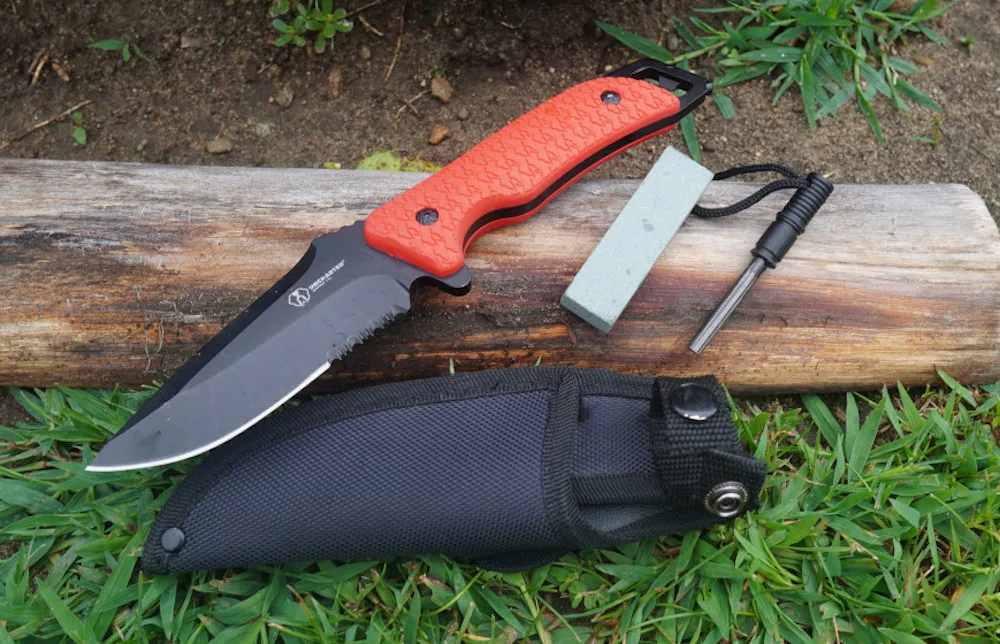
This Uncharted Supply Co. knife isn’t well-known, which is a shame because it is a solid survival knife. I’m a sucker for ergonomics, and I love what it brings to the table. The rubberized grip has never slipped in my hands. Add a perfect finger groove and ramped-up jimping, and it fits my hand like a glove. It’s beefy enough for heavy tasks, too. I easily split wood with this knife. Uncharted includes a small whetstone and a decent fire starter. This knife is also my pick for the best with a fire starter. It throws a big spark with the included rod.
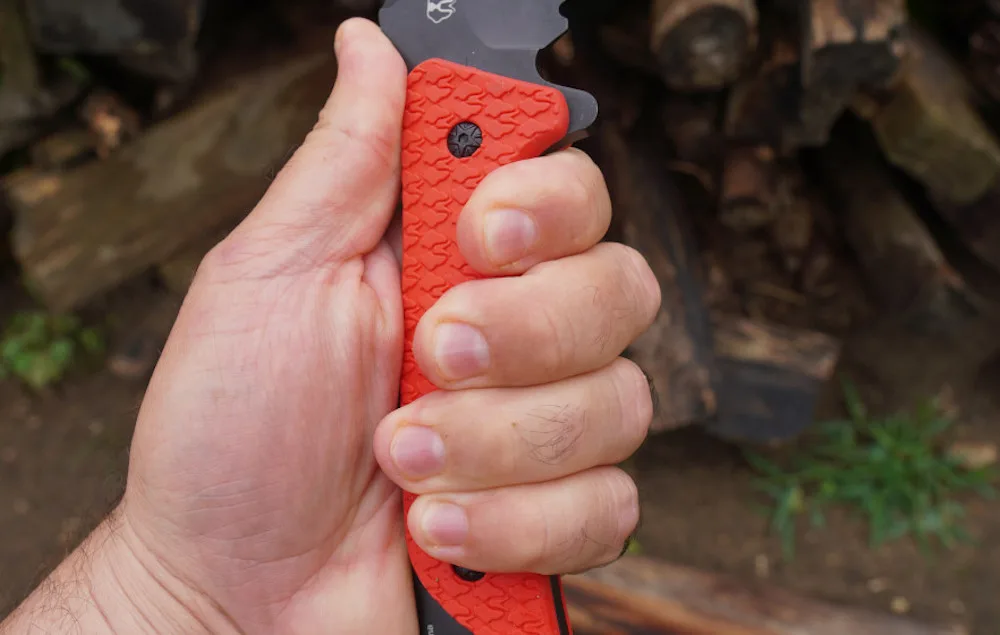
At $40, it’s incredibly affordable. It’s worth throwing one in the glovebox or boat as a backup. This knife has some serrations, which I know some survival enthusiasts shy away from. However, I think they have a case use here. It’s good for ice anglers and bush pilots who might need to cut their seatbelt quickly in an emergency. There is also a glass breaker on the end for exiting a sinking vehicle quickly.
Best Folding: Victorinox Hunter Pro Alox
Specs
Blade Material: X55CrMo14
Handle: Aluminum
Blade Length: 5.4”
Overall Length: 9.125”
Weight: 6.6 oz
Pros
Very beefy
Good edge retention
Solid ergonomics
Cons
Aluminum scaling is a bit cold
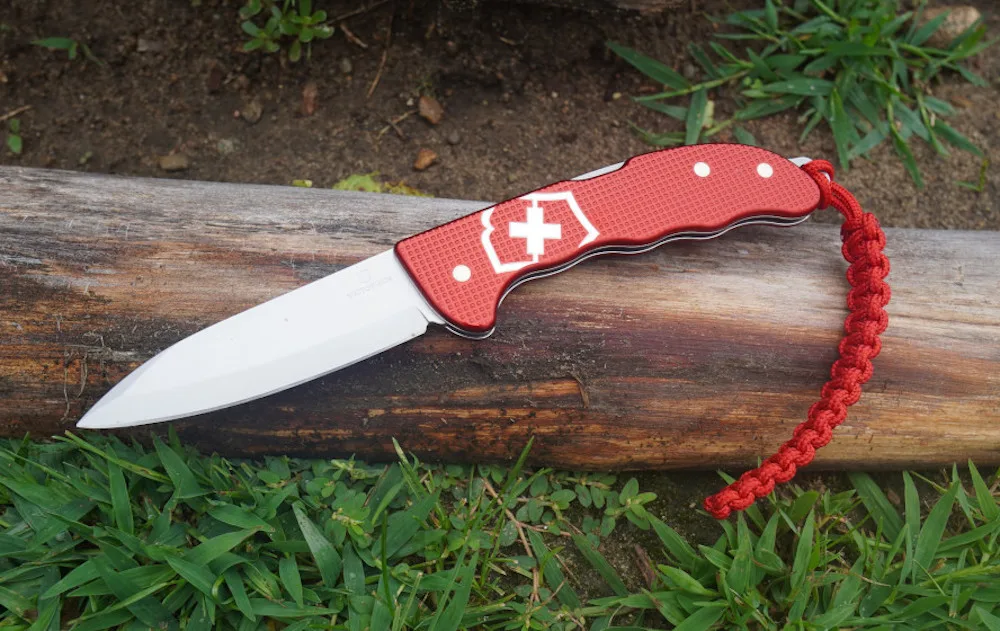
The Hunter Pro Alox is a gorgeous and robust folding knife. During my testing, I found that the blade locks into place with a meaty snap. As a folder, it doesn’t have the ability to split wood, but it is still very capable. I noticed zero wiggle or play in the blade when locked into place. It handles light carving and bushcraft tasks quite admirably. I haven’t field-dressed a deer with this blade yet, but I can already tell it would be up for the task. A slight finger groove and subtle jimping give great control to the blade tip. I like the feel of the aluminum scaling. It’s not as tacky as I normally like my knife handles, but I’ve never had this knife slip.
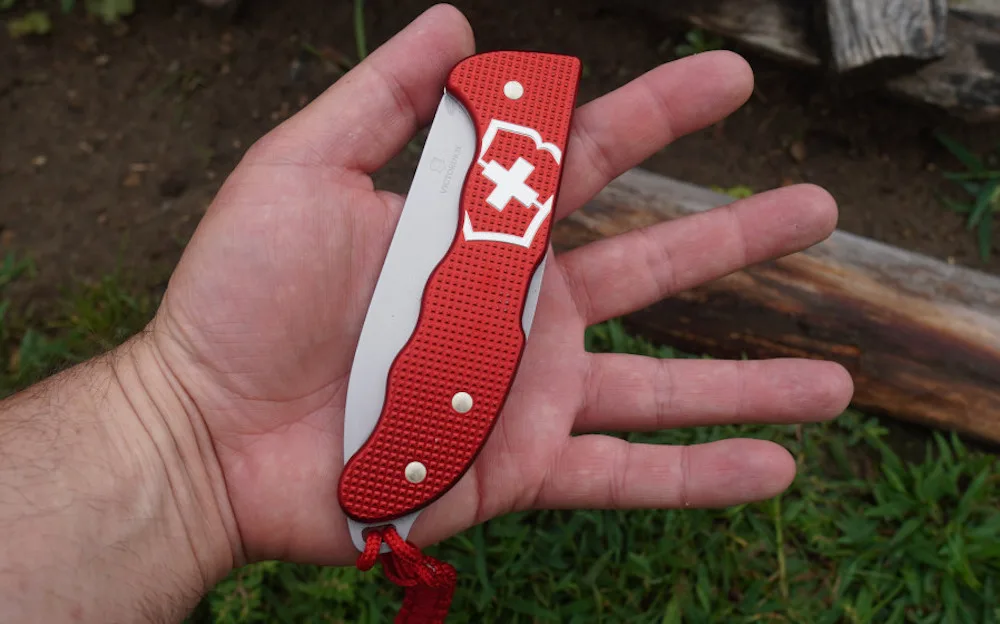
I tested this knife on everything from wood to paracord and cardboard. It still has a great edge. The main downside of this knife is that the aluminum scaling won’t be ideal in a cold environment. It makes the knife a little difficult to grip in cold conditions. For every other scenario, it is more than capable. It’s a solid EDC knife that can easily transition to a survival situation in a pinch.
How We Tested Survival Knives
Fortunately, I haven’t found myself in a survival scenario. However, I have spent time testing various knives in survival tasks. These include starting fires, splitting wood, sticking feathers, carving, and more. Some of these knives were given heavy-duty cardboard ripping tests. Those tests were great for judging edge retention because of how quickly the material dulls an edge. Additionally, I evaluated knives based on ergonomics, sheaths, and carrying ability. Some knives were chosen based on input from other outdoor enthusiasts I know and trust. Other factors that were considered during testing include:
Sheath: Will the sheath provide adequate protection and retention? Does the knife move or rattle around while in the sheath?
Weight: Many survival knives are larger, but ideally, I didn’t want to include knives over seven ounces. Eventually, carrying a large blade becomes unwieldy.
Grind and Blade Type: Is the grind and blade type suited for survival tasks? Does the blade have enough belly for various tasks?
What to Consider When Choosing a Survival Knife
Purpose
Any knife is better than no knife in a survival situation. However, some types are better suited for different purposes. It depends on what one’s goals are for a survival situation. Knives best suited for light food prep are vastly different from shelter-building tools. These are some of the more popular options.
Fixed Blade vs. Folding
Fixed blades are the more popular choice for survival because of their versatility. With a full tang, a fixed-blade knife can seamlessly transition from wood splitting to food prep to shelter construction. With a proper sharp spine, it is the safest way to start a fire using a Ferro rod. This style is also excellent for field dressing and skinning wild game. The main downsides to a fixed blade are weight and ease of carry.
Folders offer a huge weight savings advantage over fixed blades. However, these knives aren’t robust enough for tasks like wood splitting. They are good for lighter tasks like food preparation or light trap construction. Some folding knives are also a good choice for cleaning game animals or fish.
Blade Grinds and Edges
The proper grind is essential for survival. Most survival experts prefer a Scandi, which is more of a wedge shape, for chopping and splitting. Flat grinds work better as an “all-purpose” type of grind. Consider the flat grind if planning to do food prep with the knife. When it comes to edges, a simple straight edge is best. Mainly because it’s the easiest to sharpen. I did include one partially serrated option on this list. That edge is handy for cutting heavy fabrics and fibers, like a seat belt.
FAQs
Q: What size knife is best for survival?
In most instances, a slightly larger knife is better. Knives in the 8 to 10-inch overall length range are best. Blades in the 4.5 to 7-inch range are better for heavy tasks like wood batoning. Bigger isn’t always better, though. Knives that are too large can be a burden to carry.
Q: What is the best survival blade shape?
Most experts agree that a drop point is usually best. These blades usually have a Scandi grind that’s easy to sharpen in the field. That grind is ideal for wood carving tasks. This knife shape usually has a deep belly, which is especially handy when skinning game animals.
Why Trust Us
For more than 125 years, Field & Stream has been providing readers with honest and authentic coverage of outdoor gear. Our writers and editors eat, sleep, and breathe the outdoors, and that passion comes through in our product reviews. You can count on F&S to keep you up to date on the best new gear. And when we write about a product—whether it’s a bass lure or a backpack—we cover the good and the bad, so you know exactly what to expect before you decide to make a purchase.

